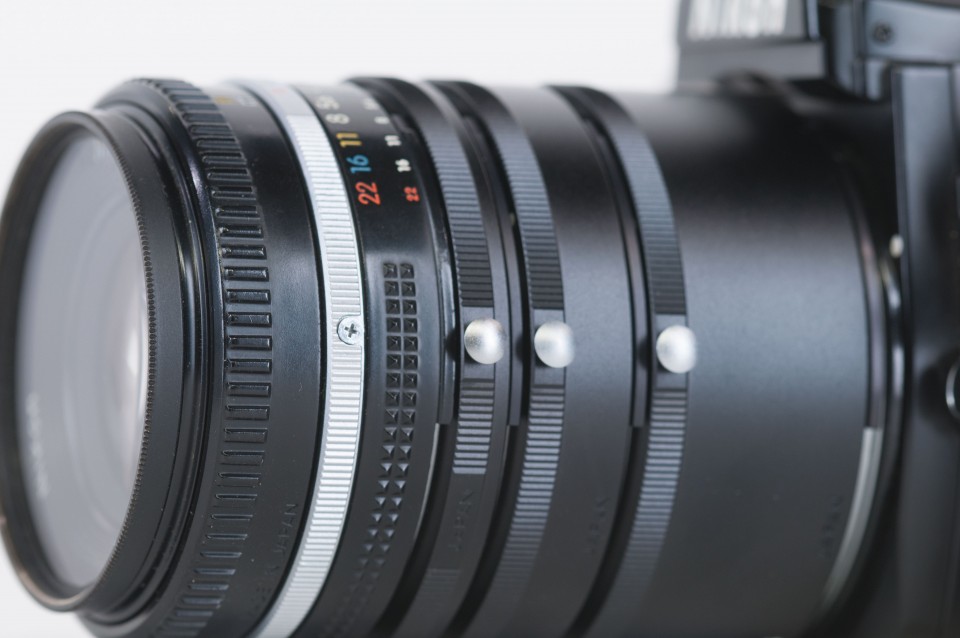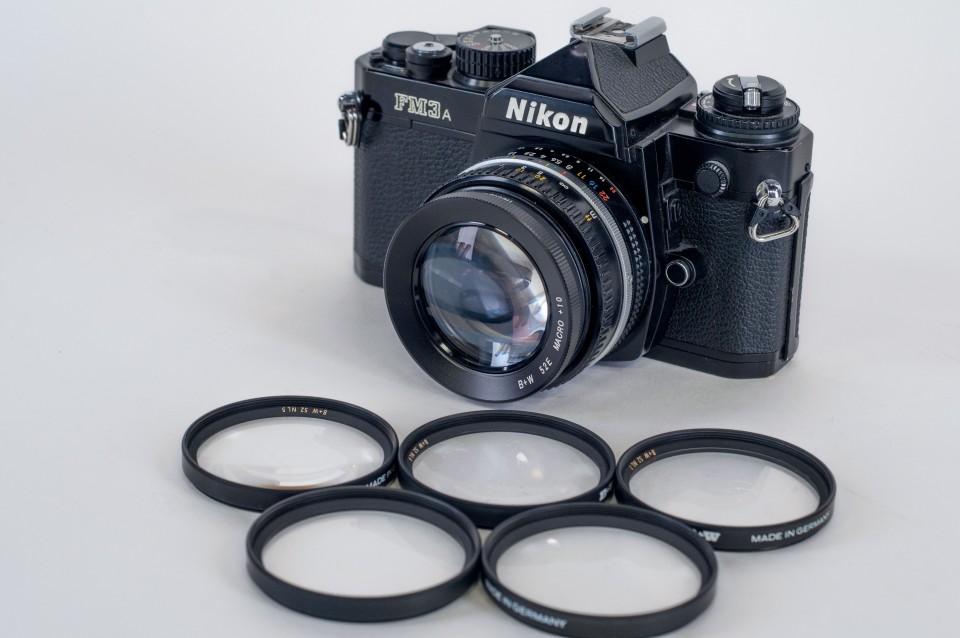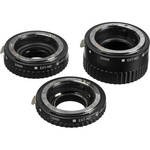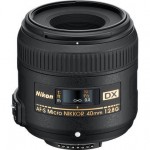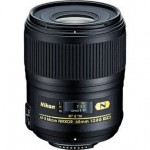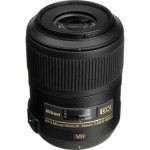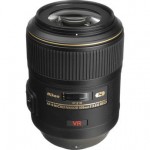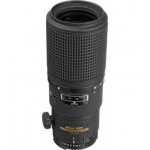Macro Photography Gear: Lenses, Extension Tubes, and Filters
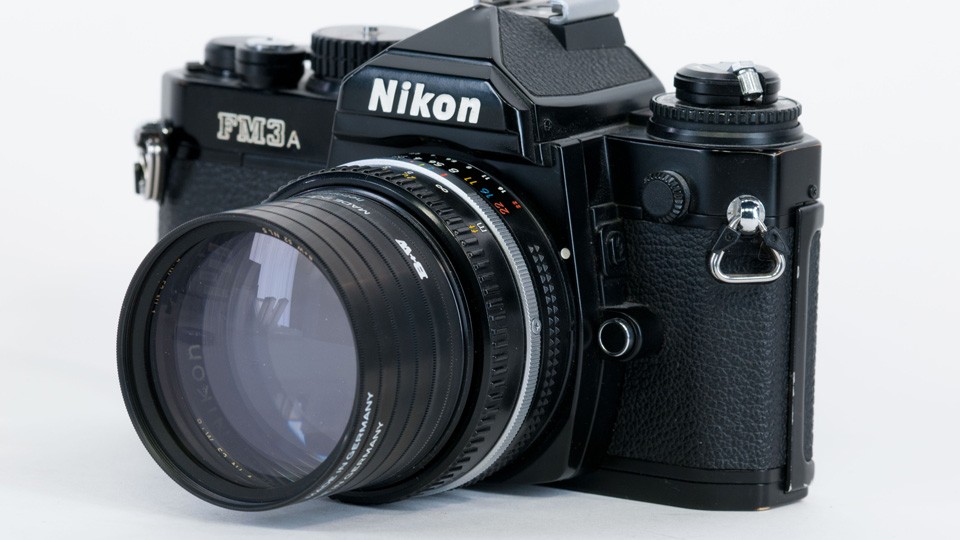
One of the easiest and most enjoyable ways to expand your photographic horizons is to use your camera to explore the world on a very small scale. Close-up, or macro photography, can turn everyday objects into visually interesting images and bring a new dimension to your photography.
As in almost everything in the photographic universe, there is more than one way you can enter into the world of macro photography.
1) Macro Lenses
Macro lenses are designed to let the photographer focus on a subject at a distance that allows it to be reproduced, in the image circle, at the same or slightly smaller size. If the lens can reproduce the image at life size, it is said to be a 1:1 macro lens. If it reproduces it at half-size, it is a 1:2 macro lens. Flipping the ratio the other way, the Canon MP-E 65mm f/2.8 can operate at 5:1 and reproduce objects at 5x life size!
It is important to note that even though a lens has a very short minimum focus distance, it might not be a true macro lens. A lens designed specifically for macro photography generally has specialized characteristics that makes it different than other general-purpose lenses.
What makes a macro lens different from a "regular" lens? One characteristic of most macro lenses is that they have a flat focus field, versus the curved focus field of a non-macro lens. With a curved field lens, the center of an image is in focus while the edges are soft(er). This softness is usually compensated for by using aperture to adjust your depth of field, but the effect is magnified when photographing at very close distances and when photographing two-dimensional objects. The flat field of the macro lens is designed to allow the entire image to be in focus without increasing the depth of field.
Most major lens manufacturers offer several macro lens models. One important thing to remember is that you can achieve 1:1 reproduction at various focal lengths. You do not need a big telephoto macro lens to acquire 1:1 reproduction. Nikon, for instance, has macro lenses (Nikon calls them "micro") that reproduce at 1:1 in the following focal lengths: 40mm, 60mm, 85mm, 105mm, and 200mm. So, if they all produce images at 1:1, what is the difference, besides focal length and price? The difference is that a 200mm macro lens will allow you to achieve that 1:1 ratio with a greater distance between the front of the lens and subject, known as "working distance," than the 40mm or 60mm macro lens will. Just how far are we talking here? Well, a 60mm macro lens needs to be about 8" from the subject to get a 1:1 ratio, whereas a 180mm macro lens will achieve the same at about 19." Why does this matter? Well, if you are photographing a live subject, such as a small animal, getting less than a foot from it might alter its behavior or cause it to run, slither, crawl, or fly away. You might cast a shadow on the subject, as well. The larger working distance may keep your subject from being startled and help you get the shot you want. On the other hand, the shorter focal length macro lenses are generally less expensive, smaller, and lighter than their longer focal length brethren.
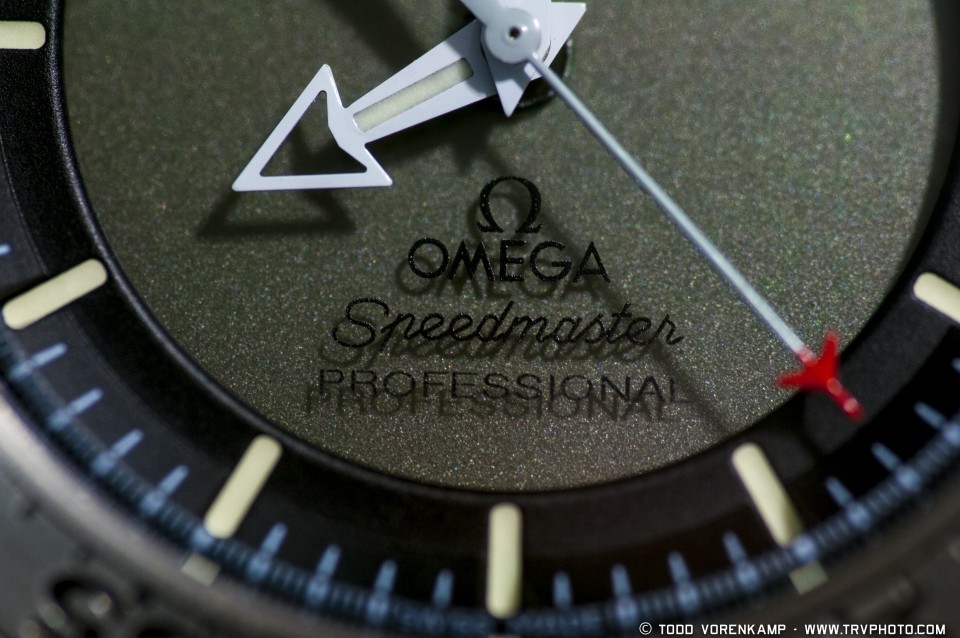
|
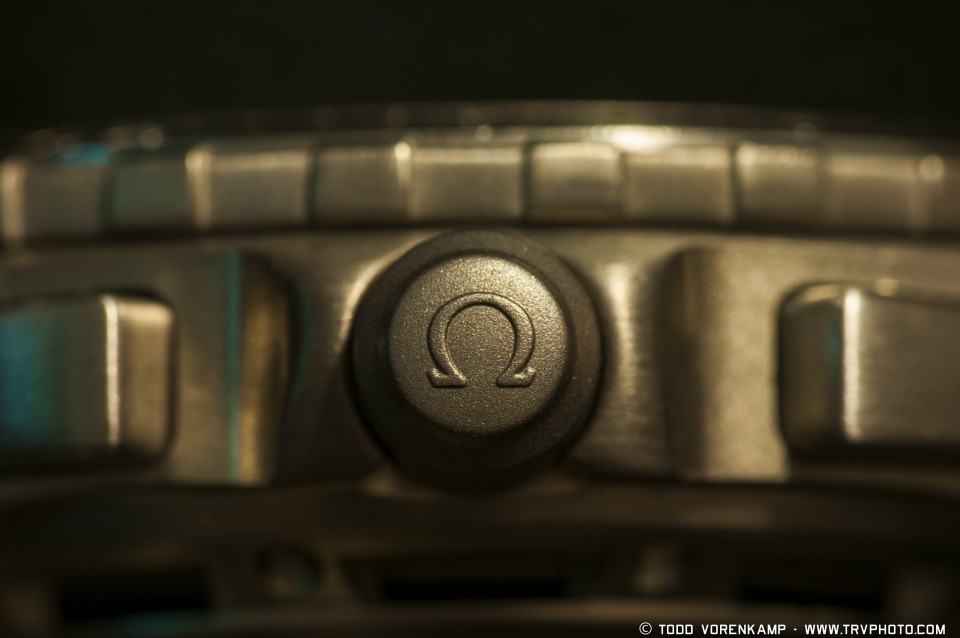
|
| Wristwatch detail | Wristwatch detail |
Should you switch a macro lens to a camera with a smaller-than-full-frame sensor, an APS-C sensor for instance, the working distance of the macro lens will remain constant, but the image produced will appear magnified as the cropped sensor is capturing a smaller region in the center of the image circle—a narrower field of view by about 1.5x. For example, that Nikon 200mm macro becomes, effectively, a 300mm macro lens on a Nikon DX camera and will show the same field of view in any photograph taken with an actual 300mm macro lens on a full-frame sensor camera. This effect could make it necessary to back away from the subject in order to properly fill your frame.
There is one more thing to mention when considering what focal length macro lens to purchase—as with non-macro lenses, the longer the focal length, the more "compression" you get in your image, as telephoto lenses will "flatten" the perspective between what is near and far in an image. A shorter focal length macro lens will allow your images to have more apparent depth, if that is the effect you are trying to achieve.
Macro lenses are arguably the best way to get immersed in the world of close-up photography; however, they are also the most expensive of the three options we are discussing here.
2) Extension Tubes
One way to enter the macro photography world without buying a macro lens is to use extension tubes. An extension tube is a hollow tube that you can mount between the camera and the lens. They are sold in different types of proprietary mounts to match your lens/camera manufacturer. Some even come with the necessary electrical connectors needed to transmit data between the lens and camera and control autofocus or aperture, while others are simply tubes with a lens/camera mount.
The extension tube serves to increase the distance between the lens and the sensor. This allows the lens to focus closer and, therefore, increase magnification, so you can use almost any lens for close-up photography. As with a macro lens, the longer the focal length, the greater the working distance you can achieve. You can even stack multiple extension tubes, or tubes of different lengths (measured in millimeters), to get even closer to your subject.
If you feel like doing math, you may figure out the increase in magnification gained by a tube: divide the distance provided by a specific tube by the focal length of the lens. If you crunch the numbers for a 60mm lens versus a 200mm lens, you will find that an extension tube will have the greatest effect on magnification on the shorter focal length lenses.
Examples:
|
14mm / 200mm = 0.07x 1.0x + 0.07 = 1.07x total magnification
60mm lens with 1.0x magnification / 14mm extension tube 14mm
/ 60mm = 0.23x
1.0x + 0.23 = 1.23x total magnification |
The downside to the extension tubes is that you are not converting your curved focal plane lens into a flat plane lens and you might also be losing some of the electronic functions of your lens, like autofocus or automatic aperture. Also, when using extension tubes, you cannot focus at "infinity," but this is not really a factor, as the reason you put the extension tube on your lens in the first place is so that you could focus on something very close to the front element of the lens.
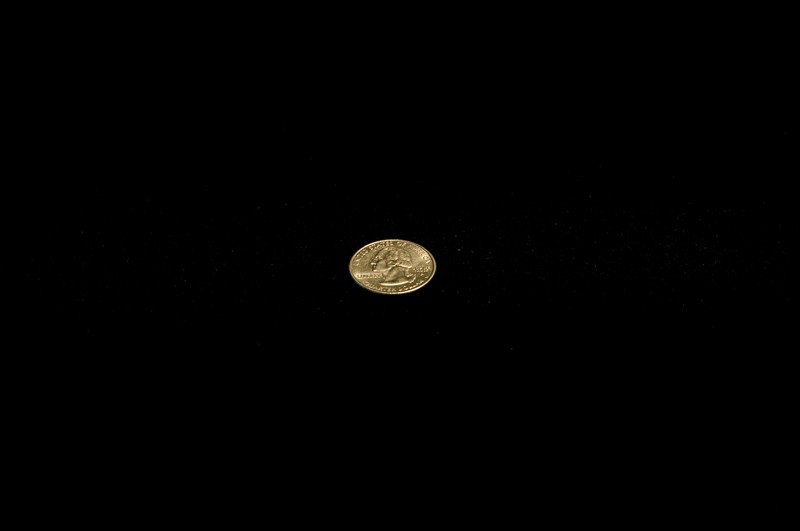 |
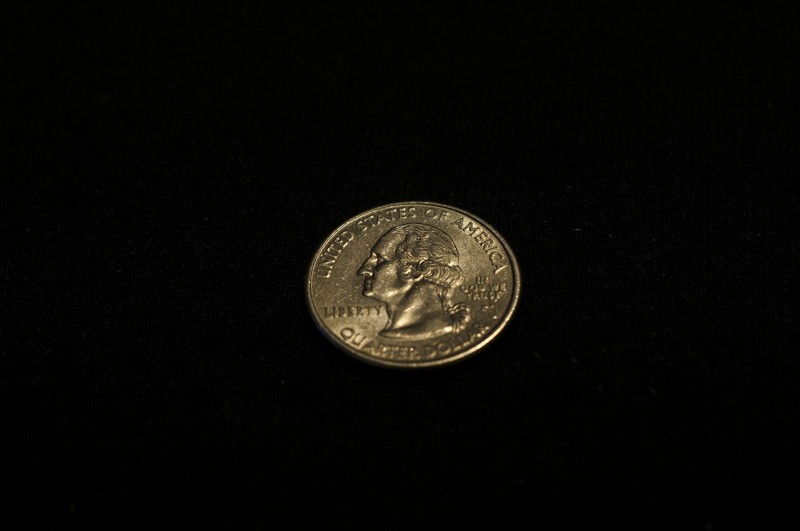 |
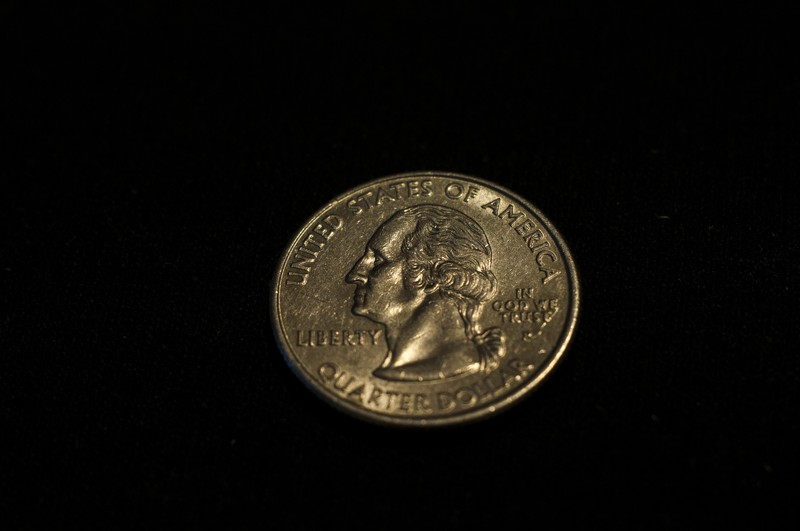 |
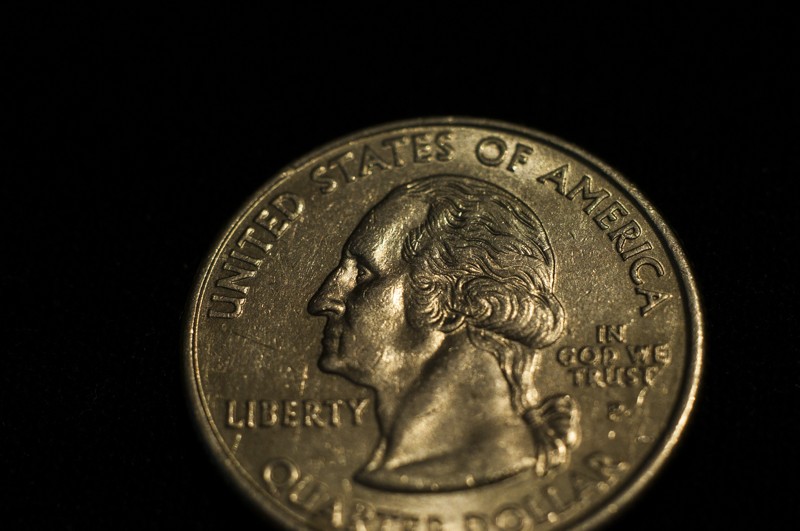
|
| 50mm w/no tube | 50mm + PK-11A | 50mm + PK-12 | 50mm + PK-13 |
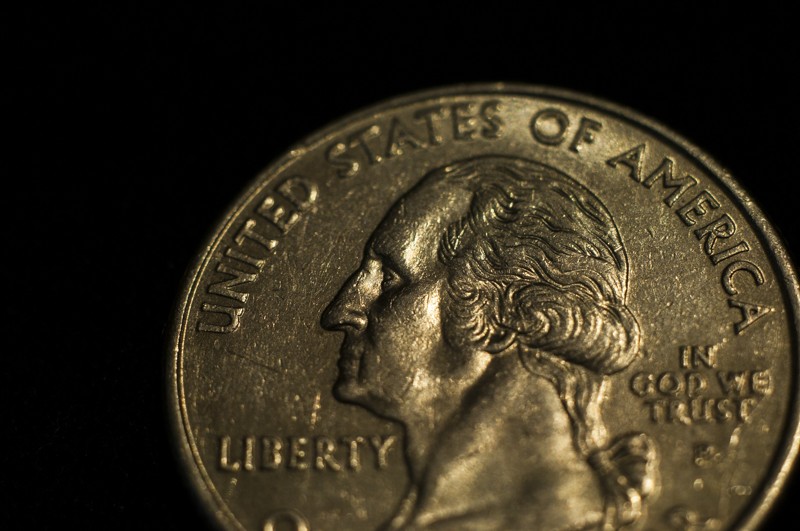
|
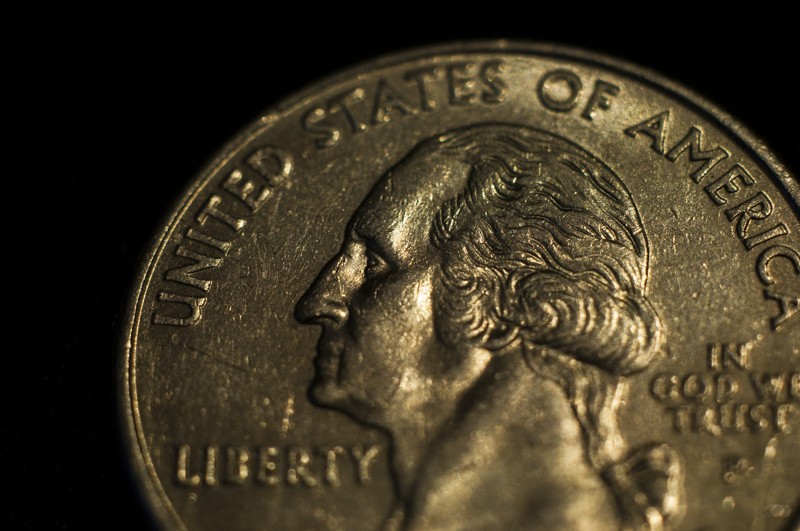
|
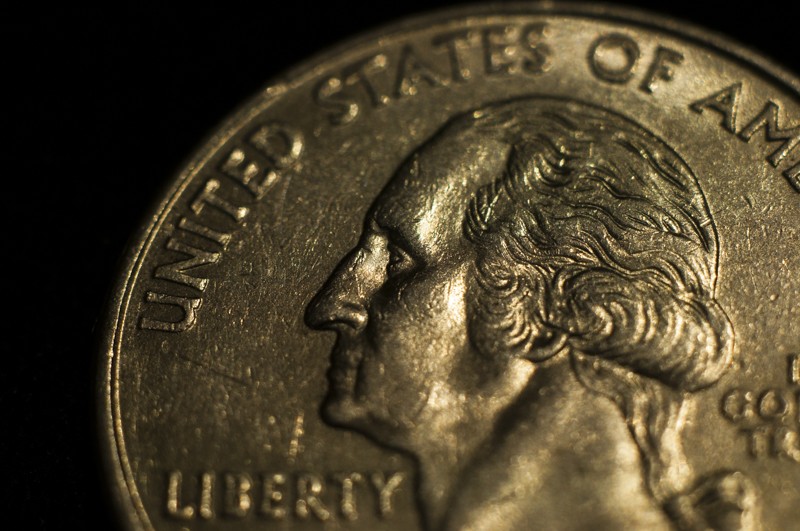
|
|
| 0mm + PK-11A + PK-12 | 50mm + PK-12 + PK-13 | 50mm + PK-11A + PK-12 + PK-13 |
The upside of extension tubes is that they are inexpensive, and you can use your favorite lens from your camera bag. Also, because extension tubes do not contain any optics, the optical performance of the lens is not degraded in any way.
3) Close-Up Filters
A third way to explore macro photography, and another way to do it with a lens you already own, is through the use of close-up filters. Close-up filters screw onto the front of your lens, just like a protective UV filter, and allow closer focusing distances with a given lens. It is the equivalent of putting a magnifying glass in front of your lens. Like extension tubes, you can use multiple close-up filters to decrease the working distance to your subject.
Many lens and filter manufacturers make close-up filters in various sizes. To indicate their magnification, they are given +1, +2, +3, or +4 diopter-strength designations. To increase magnification, you can use multiple filters. For example, if you combine a +1 and +3 close-up filters, you will achieve the equivalent of a +4 filter.
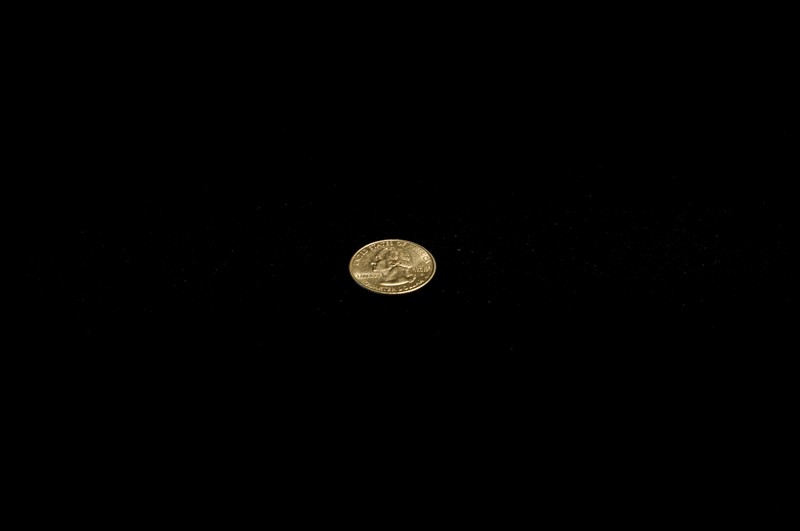 |
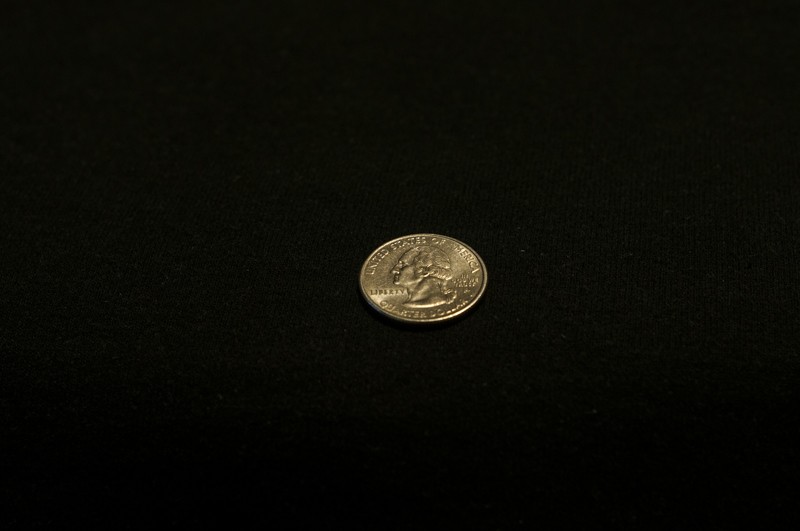 |
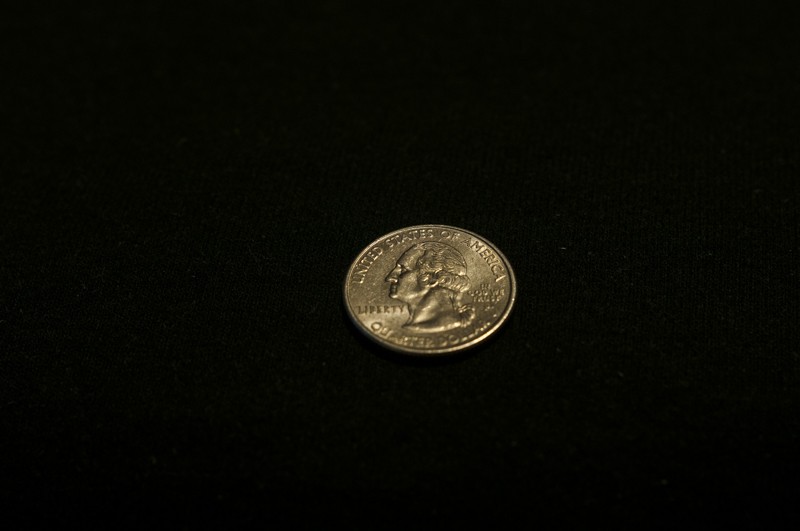 |
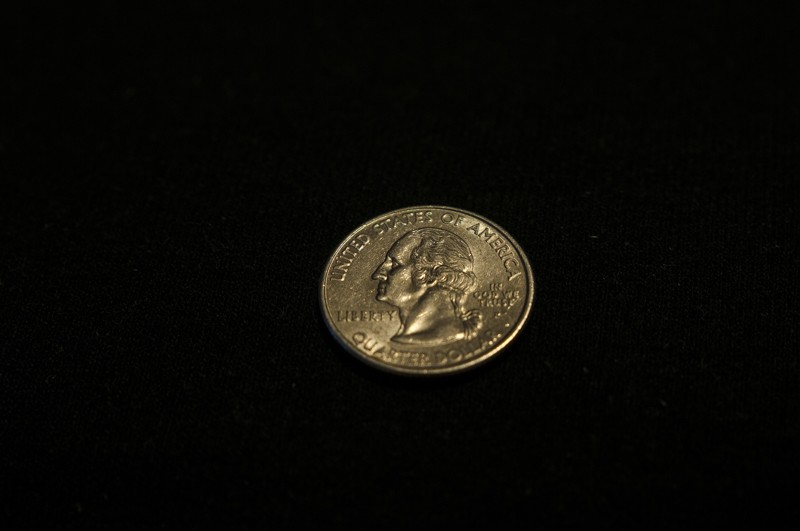 |
| 50mm w/no filter | 50mm + NL-1 | 50mm + NL-2 | 0mm + NL-3 |
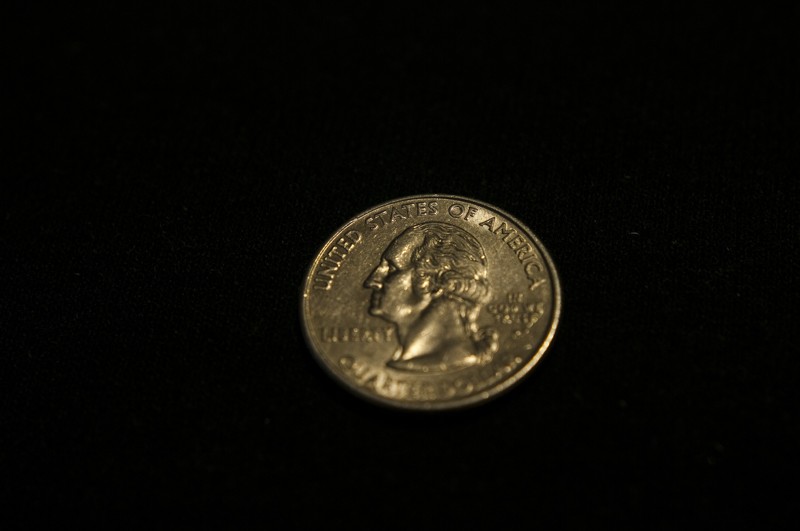 |
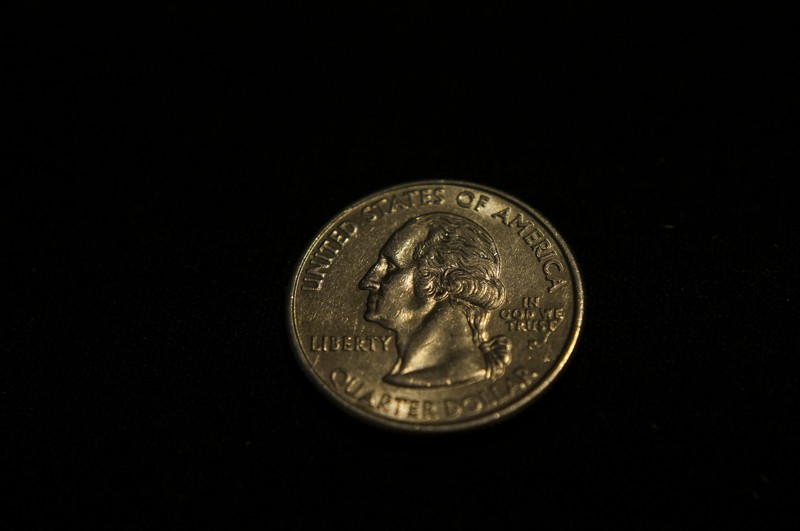 |
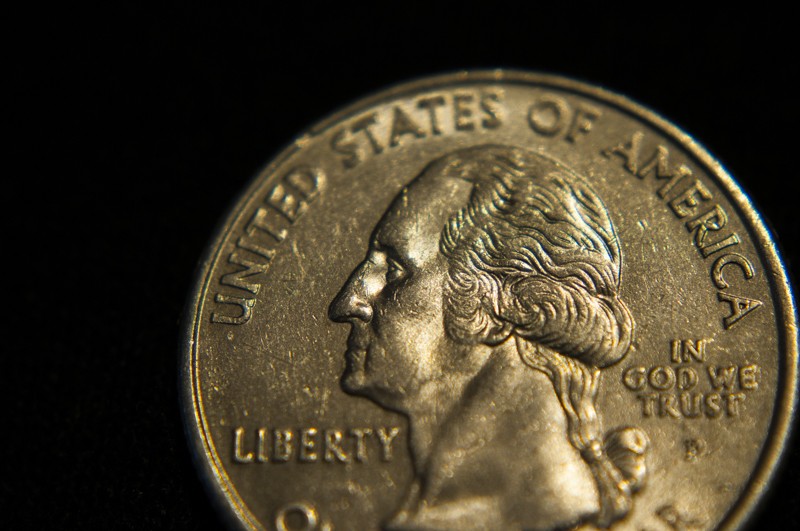 |
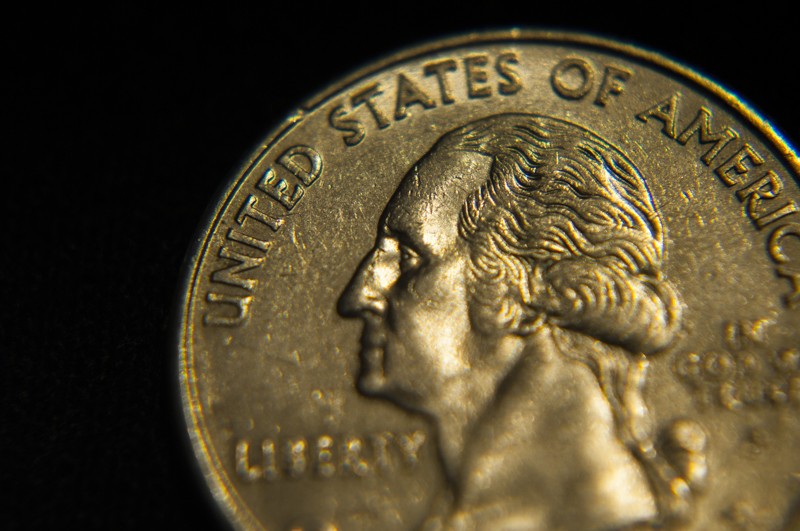 |
| 50mm + NL-4 | 0mm + NL-5 | 50mm + NL-10 | 50mm + NL-1 +NL-2 + NL-3 + NL-4 + NL-5 |
The biggest benefit of the close-up filter system is that, not only can you use a lens you already own, you maintain the electronic functionality (maybe not autofocus) of the lens. The other benefit is that this is the least expensive way to enjoy macro photography. The close-up filter option is also the most compact option of the three; your filters are small and easy to carry.
The downside is that as you are adding more optics between your camera and subject, image quality can be degraded slightly by the close-up filters.
More Options for Macro
The three macro solutions described above are the more "mainstream" methods to achieve close-up photographs of your subject. But, before you pursue one of those options, be aware that there are more tools and accessories that make macro photography even more fun, creative, and powerful.
In Part Two of this article, we’ll look at some other methods for achieving macro photography, as well as offer some final thoughts on close-up photography.
Cost, convenience, size, weight, portability, complexity, versatility, and final photographic result will all factor into your purchase decision. If you have questions of your own, please post them in the Comments section, below.
